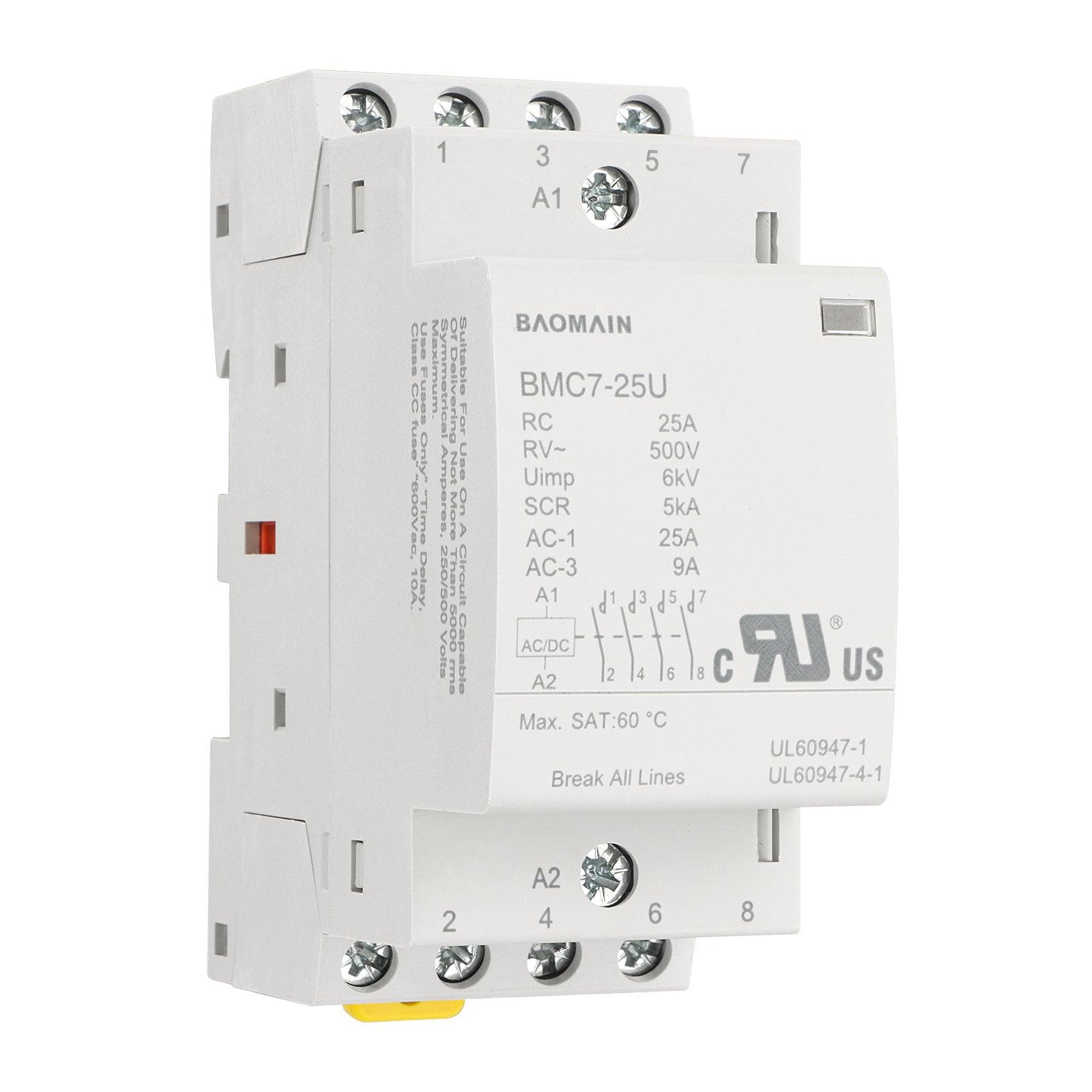The key difference between AC and DC contactors lies in how they manage electrical current through their coils and contacts. An AC contactor is designed for alternating current, while a DC contactor is built for direct current applications.
**AC Contactors** operate efficiently with sinusoidal voltage. They include shading coils to reduce noise and vibration, which are common in AC circuits. These contactors are widely used in HVAC systems, lighting, and motor control panels that operate on standard 50/60 Hz power.
**DC Contactors**, on the other hand, must deal with a continuous flow of electricity. They are engineered with magnetic blowouts or arc chutes to safely extinguish arcs that are harder to break than in AC. They're essential in battery systems, electric vehicles, and solar panel applications.
**Pros and Cons**
| Feature | AC Contactor | DC Contactor |
|--------------|-----------------------------------|--------------------------------------|
| Power Source | Alternating Current (50/60 Hz) | Direct Current |
| Arc Control | Uses zero-crossing of AC | Needs blowouts/arc chutes |
| Cost | Typically lower | Higher due to arc control hardware |
| Application | HVAC, lighting, motors | Battery, solar, EV systems |
**Use Tip:** Never interchange an AC contactor in a DC system or vice versa. Doing so may cause coil burnout or contact welding.
**Image Suggestion:** `ac-dc-contactors.jpg` (Alt: "AC and DC contactors with labeled coil types")
Looking for reliable contactors? Visit our link
AC vs DC Contactor: Selecting the Right Coil for Your Load

